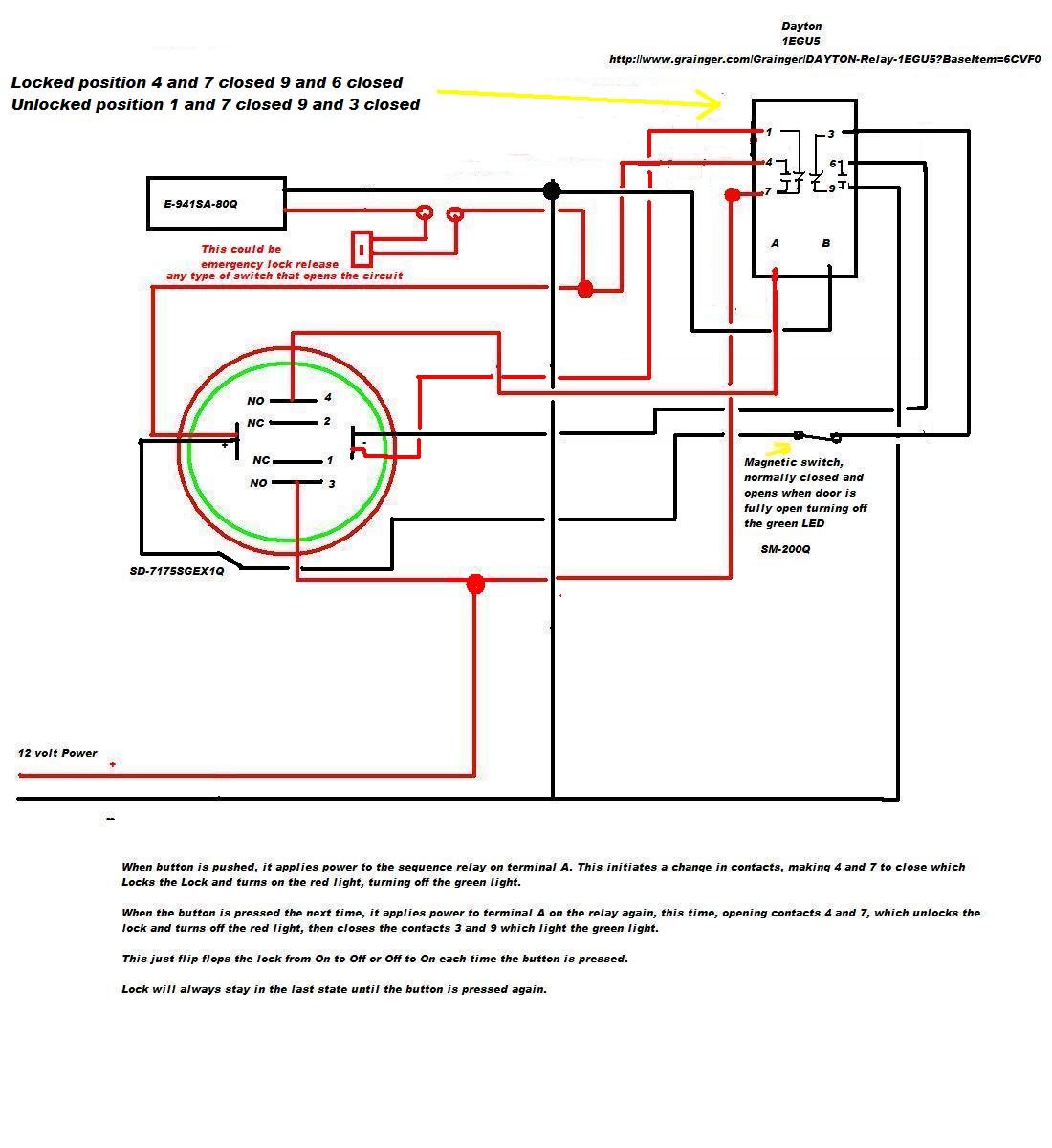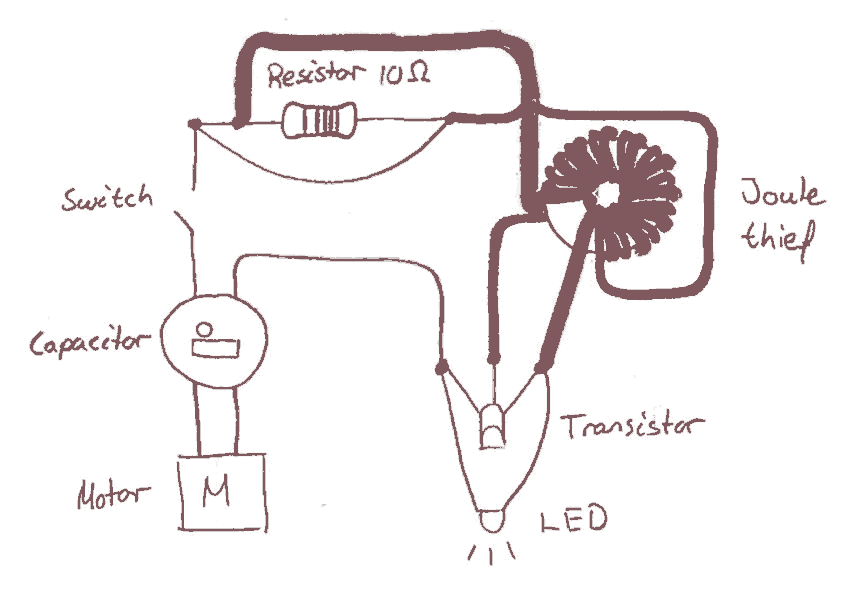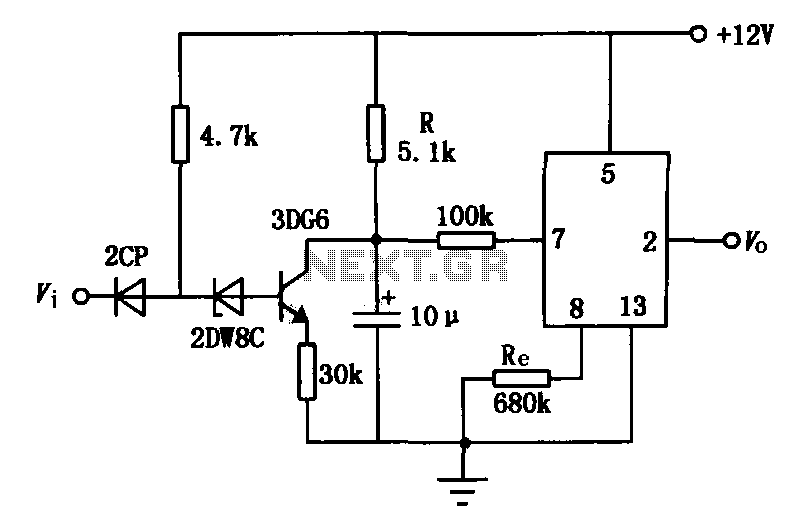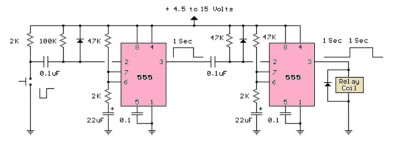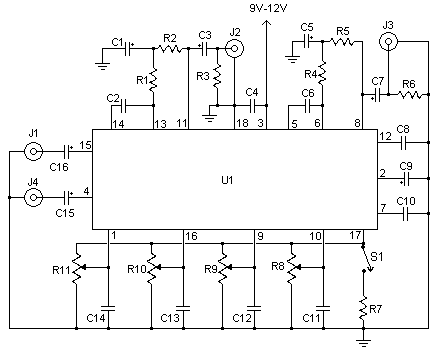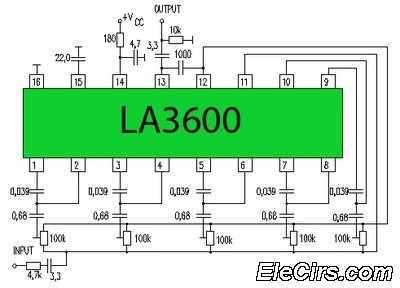
dc motor control using 555 timer circuit
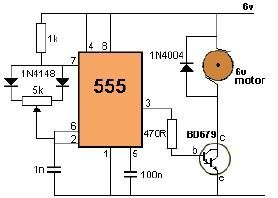
This project utilizes a 555 timer to control the speed of a 6-volt DC motor. Speed adjustment is achieved by rotating a 50 kΩ potentiometer either to the left or right.
The circuit employs a 555 timer configured in astable mode to generate a pulse-width modulation (PWM) signal. This PWM signal is then used to control the average voltage supplied to the DC motor, thus regulating its speed.
The 555 timer's duty cycle can be adjusted by changing the resistance of the potentiometer, which in turn alters the width of the pulses generated. The motor is powered by a 6-volt supply, and the output from the 555 timer is fed into a transistor that acts as a switch. The transistor amplifies the PWM signal, allowing it to drive the motor effectively.
Key components of the circuit include the 555 timer IC, a 50 kΩ potentiometer, a suitable NPN transistor (such as the 2N2222), a diode for flyback protection, and the 6-volt DC motor. The diode is connected in reverse parallel with the motor to protect the circuit from voltage spikes generated when the motor is turned off.
The schematic representation of this circuit should include the connections between the 555 timer, the potentiometer, the transistor, the motor, and the power supply, ensuring that all components are properly oriented and connected to allow smooth operation. This design provides a straightforward method for controlling DC motor speed in various applications.Using this 555 timer DC motor control electronic project you can control speed of a 6 volts DC motor, by simply rotate left or right the 50 k potentiometer. 🔗 External reference
The circuit employs a 555 timer configured in astable mode to generate a pulse-width modulation (PWM) signal. This PWM signal is then used to control the average voltage supplied to the DC motor, thus regulating its speed.
The 555 timer's duty cycle can be adjusted by changing the resistance of the potentiometer, which in turn alters the width of the pulses generated. The motor is powered by a 6-volt supply, and the output from the 555 timer is fed into a transistor that acts as a switch. The transistor amplifies the PWM signal, allowing it to drive the motor effectively.
Key components of the circuit include the 555 timer IC, a 50 kΩ potentiometer, a suitable NPN transistor (such as the 2N2222), a diode for flyback protection, and the 6-volt DC motor. The diode is connected in reverse parallel with the motor to protect the circuit from voltage spikes generated when the motor is turned off.
The schematic representation of this circuit should include the connections between the 555 timer, the potentiometer, the transistor, the motor, and the power supply, ensuring that all components are properly oriented and connected to allow smooth operation. This design provides a straightforward method for controlling DC motor speed in various applications.Using this 555 timer DC motor control electronic project you can control speed of a 6 volts DC motor, by simply rotate left or right the 50 k potentiometer. 🔗 External reference
Warning: include(partials/cookie-banner.php): Failed to open stream: Permission denied in /var/www/html/nextgr/view-circuit.php on line 713
Warning: include(): Failed opening 'partials/cookie-banner.php' for inclusion (include_path='.:/usr/share/php') in /var/www/html/nextgr/view-circuit.php on line 713
